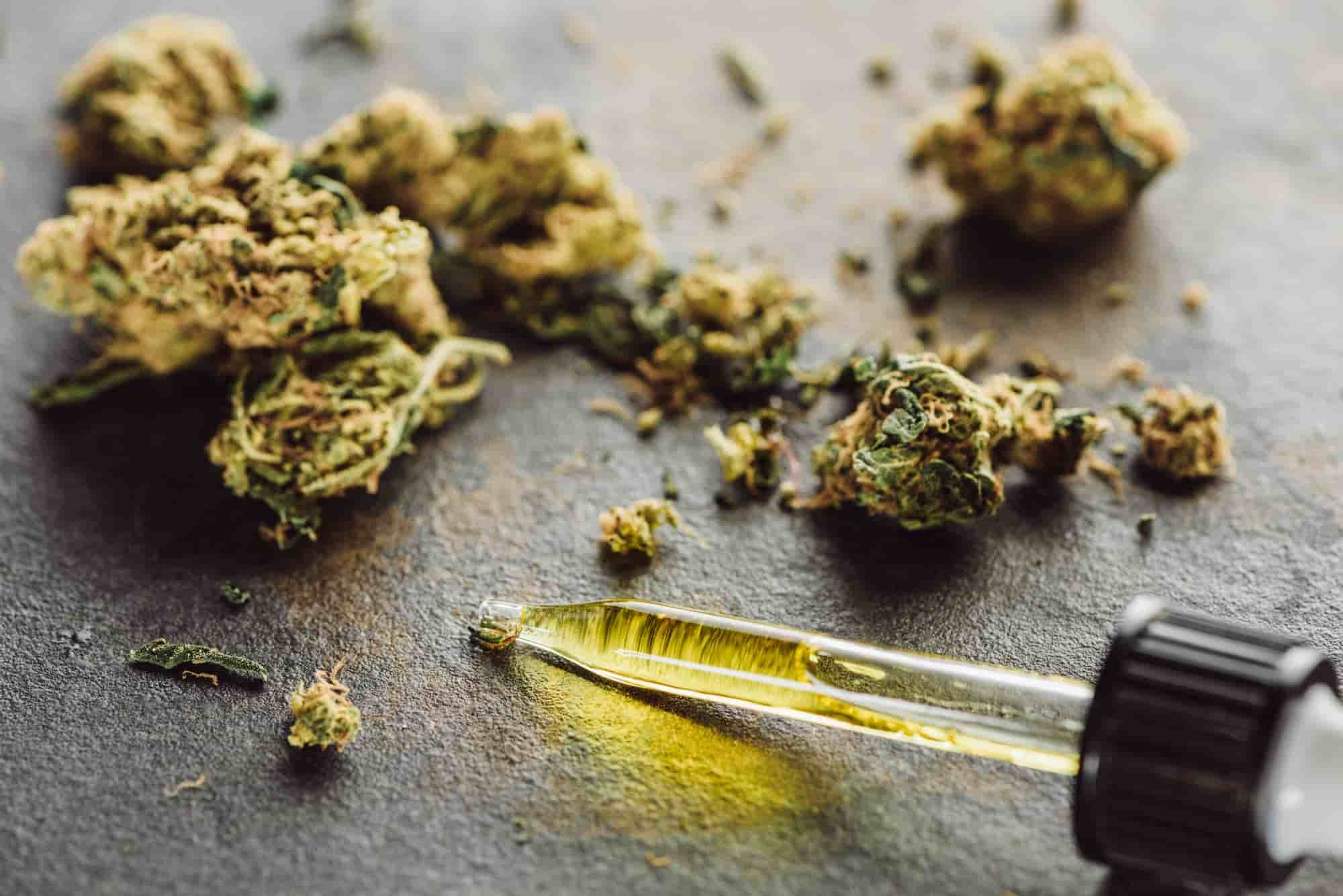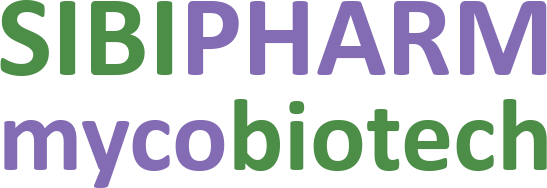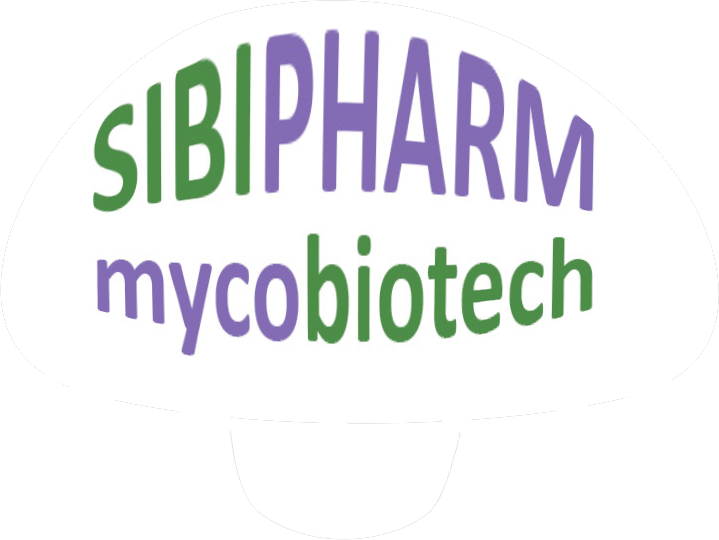Microdosing is taking a drug in the minimum therapeutic dose.
Any pills we take are microdosing because we do not eat any pills by the kilogram, everything is measured in grams or milligrams.
For example: a lethal dose of drinking water for a person is 6-7 liters. A lethal dose of salt for a person is 250 grams.
“Everything is poison and everything is medicine, both are determined by the dose” (Dosis facit venenum) - the founder of modern pharmacology, Paracelsus (1493-1541)
There is currently significant interest in microdosing plants, herbs and mushrooms. Although microdosing is usually associated with the use of psychedelics in low doses, interest in it is rapidly expanding to include non-psychoactive cannabinoids extracted from the cannabis plant and medicinal mushrooms such as Chaga, Lions Mane, Reishi and Cordyceps.
Using highly potent concentrated tinctures in higher doses can provide faster relief from stress, anxiety, brain fog, and pain. Let's learn more about the benefits of microdosing together.

Brief History
Although microdosing has only recently become popular, the practice has a long history. Microdosing has existed in many indigenous cultures around the world. This spiritual process has been used as an ally for healing, social engagement within the family, and tribal governance.

Influential American philosopher and author Terence Kemp McKenna presented the theory in his book: Food of the Gods. He plausibly suggests that the tree-dwelling ancestors of monkeys chewed psychoactive mushrooms found in the grasslands and forests. This behavior stimulated mental activity and helped them adapt. The psychoactive mushrooms themselves became the instrument of the transition from the monkey brain to the human brain.
In many indigenous cultures, the tribe is led by a shaman, a person who is a doctor and spiritual leader of the community. In South America, a curandero is a traditional indigenous healer who carries the collective wisdom of tribal history, shares stories, and leads rituals using psychedelic plants as a channel and guide.
In 1970, Roland Fisher demonstrated that low doses of psilocybin improved cognitive health. His research suggests that incorporating small doses of psychoactive mushrooms and cannabis plants into the diets of early humans likely allowed them to live more consciously, expand their knowledge, and develop their culture. This may just be the beginning of a symbiotic relationship between psychoactive plants, mushrooms, and humans.
Medical Reality
A large body of anecdotal evidence clearly shows that the benefits of microdosing result in physical, mental, and emotional improvements. Dr. James Fadiman, a respected transpersonal psychologist, has been collecting microdosing reports from people around the world since the 1960s. It’s no wonder he’s often referred to as the “father of microdosing.”
What we do know is that psychedelic drugs act on serotonin (5-HT) receptors in our brains.
Serotonin is a chemical messenger or neurotransmitter that carries messages between nerve cells in the brain and throughout the body. These messages carry feelings of satisfaction, happiness, and optimism. Serotonin levels are low in depression, and most modern antidepressants, known as selective serotonin reuptake inhibitors, work by increasing the amount of serotonin available to brain cells.

Serotonin receptors are located throughout our nervous system and control many aspects of our being, including mood, thinking, and sexual desire. Psychedelics bind most effectively to the 5HT-2A receptor, one of the receptors involved in learning, memory, and cognition. As a result, by consuming only a microdose of a psychedelic substance and thereby avoiding the “classic trip,” the brain can focus solely on the cognitive enhancement caused by these receptors.
Microdosing is a practice that produces the best results when used over an extended period of time according to a dosing schedule or protocol. The benefits of microdosing and the results of this practice depend largely on the person, the substance, the dosage, and many other personal factors such as intentions, expectations, and mindset.
Potential benefits of microdosing:
Improved focus and attention.
Neurogenesis – the restoration and strengthening of neural connections.
Get into flow faster – at work, in hobbies, or in school.
Increased creativity
Increased productivity
Improved problem-solving abilities
Increased overall awareness
Improved mood
More balanced mood
Better decision-making ability
Make more informed choices about health, lifestyle, and well-being
More positive outlook
Increased emotional awareness
Potential risks of microdosing:
Microdosing is not suitable for everyone.
Do your research and consult your doctor.
Microdosing may increase anxiety.
It may also lead to fatigue.
There is a chance that it may cause mild stomach upset and nausea.
Possible link to tinnitus (ringing in the ears)
May cause headaches
What we don’t know – Everyone is different – More research is needed.
We work closely with psychotherapists and integrative medicine practitioners to consult and share knowledge about best practices in mycotherapy for mental health and wellness.
Results depend greatly on the personal intentions set for each individual, including expectations, mindset, settings, and associated risks.
Amanita muscaria.
Interesting research by Terence McCain about the red fly agaric shows that our fears of this mushroom lie in the legends and traditions dating back to ancient times. In many medieval churches you can see images of the fly agaric. Research into ancient texts shows that the red fly agaric was a cult forbidden object of worship for shamans and later the red fly agaric came into biblical stories in the form of a forbidden apple.
The image of Santa Claus is surprisingly combined with the cult of ancient northern peoples to feed red fly agarics to deer and ritually use their urine for shamanic rituals.
In the medical practice of ancient peoples, the red fly agaric occupied one of the main places.
Surprisingly, in recent years, myco-pharmaceuticals have shown great interest in the red fly agaric due to the presence of a large amount of muscimol (a substance that has a very positive effect on human health).
In Canada, several years ago, the red fly agaric (amanita muscaria) was officially recommended for the production of dietary supplements. https://webprod.hc-sc.gc.ca/nhpid-bdipsn/searchIngred
In Canadian rehabilitation centers, the red fly agaric (amanita muscaria) is actively used for those who want to give up alcohol and drugs.
The red fly agaric (amanita muscaria) is very rich in beta glucans and has a wide range of applications for preventive and therapeutic purposes.
Quitting alcohol and smoking.
Microdosing helps to cope with alcohol and nicotine addiction. The principle of action is the effect of muscimol amanita muscaria on the GMCA receptors of the nerve endings of the brain and the subsequent neurological reaction of getting rid of alcohol and other addictions.
The use of small doses of Amanita muscaria preparations is explained by the fact that Muscimol is a competitor of ethanol molecules when interacting with GMAB receptors, that is, muscimol displaces ethanol.
Information from the last century considered muscarine to be the main toxin of amanita muscaria, but according to modern research, muscarine is contained in the fly agaric in an insignificant amount: 2-3 ten-thousandths of a percent and is easily detected using tests. To be poisoned by red fly agaric, you need to eat 6-7 kg of fresh fly agaric. If you boil it twice in water for 10-15 minutes, it becomes edible and you can cook delicious dishes from it, which is what is done in many countries.
There is great interest in the medicinal benefits of microdosing to lift your mood, relieve anxiety, and promote well-being at work and in family relationships. Many are interested in this area of knowledge, and we are ready to inform and educate our all interested.
Microdosing is a practice that produces the best results when used over a long period of time according to a dosing schedule or protocol. The benefits are cumulative, and the results of this practice depend largely on preparation, starting with setting positive intentions, source, dosage, and understanding the benefits and risks associated.
Microdosing with Red, Royal, and Panther Amanitas
Microdosing with fly agarics is becoming an increasingly popular trend in biohacking and alternative medicine. Red fly agaric (Amanita muscaria), Royal fly agaric (Amanita regalis), and Panther fly agaric (Amanita pantherina) are mushrooms known for their psychoactive and therapeutic properties. Unlike psilocybin mushrooms, which contain the banned substance psilocybin, fly agarics contain muscimol and ibotenic acid, which are legal and have unique effects. Muscimol affects gamma-aminobutyric acid (GABA) in the brain, which promotes relaxation and improves mood. Microdosing with fly agarics is used to improve cognitive function, reduce anxiety and depression, and improve overall psycho-emotional state.
The legality of fly agarics is that they do not contain banned substances such as psilocybin. This makes them legally safe in many countries. Fly agaric products, including microdosing capsules, can be legally purchased and used to improve well-being. Despite the legality, it is important to choose the right dosage and carefully monitor the body’s reaction to these mushrooms.
Red Fly Agaric in Shamanism and History
Red Fly Agaric has long been used in the shamanic practices of northern peoples, such as the indigenous peoples of Siberia and Scandinavia. Shamans used this mushroom to immerse themselves in altered states of consciousness, which helped them conduct rituals, communicate with spirits, and heal their fellow tribesmen. In small doses, fly agaric was used to relieve pain, treat various diseases, and also to enhance the physical and spiritual capabilities of a person.
Historical records also indicate that Vikings took red fly agaric before battle. It is believed that the mushroom helped them enter a state of battle fury – the so-called “berserkism”, when warriors became virtually invulnerable to pain and fear. This state allowed the Vikings to demonstrate incredible physical strength and aggression in battles.
In shamanic practice, the red fly agaric was considered a sacred plant capable of connecting worlds – earthly and spiritual. Under its influence, shamans could travel to other dimensions, receiving answers to important questions and protecting their tribes from dangers. Despite such mystical properties, the mushroom was used with caution and only by experienced practitioners who knew how to properly prepare and use it.
Safe microdosing with fly agaric
Microdosing with fly agaric involves taking very small doses of mushrooms, which allows you to get beneficial effects without pronounced psychoactive states. To start microdosing, it is important to choose the right dose and follow the recommendations for use. The standard microdose is about 0.35-1 g of dry mushroom material, which is equivalent to 1-3 capsules.
For beginners, it is recommended to start with a minimum dose of about 0.35 g. It is usually taken in the morning on an empty stomach, as this helps to absorb the active substances as effectively as possible. Microdosing can be done every other day or according to the scheme of 5 days of intake – 2 days of break to avoid the body’s addiction to the substances.
It is important to remember that each person is unique, and the reaction to fly agarics may vary. If you experience discomfort, such as dizziness, nausea or anxiety, it is recommended to reduce the dosage or take a break. It is also necessary to avoid microdosing when taking alcohol or other psychoactive substances to avoid negative interactions.
Therapeutic effects of fly agaric microdosing
Fly agaric microdosing has a complex effect on the body, improving both the physical and mental state. One of the main therapeutic effects is the relief of anxiety and improvement of mood. Many users note that regular microdosing helps to cope with chronic stress and depression. This is due to the effect of muscimol on GABA receptors, which promotes relaxation and reduces cortisol levels.
In addition, fly agaric can help improve cognitive functions – concentration, memory and creativity. Some people use it to increase productivity and eliminate the mental fog that often accompanies chronic fatigue and stress. Microdosing can also help improve the quality of sleep, which is especially important for people suffering from insomnia.
Microdosing with red fly agaric is also considered a means of recovery after psycho-emotional and physical stress. Athletes and active people note that consuming fly agaric in small doses helps to recover faster after training, reducing inflammation and muscle pain. There is evidence that muscimol can have an anti-inflammatory effect and help restore the nervous system.
Scientific Research and Health Benefits of Fly Agaric
Scientific research on fly agaric is relatively new, but there is already a wealth of data supporting its potential medicinal properties. Studies have shown that muscimol and ibotenic acid can affect neurotransmitters such as GABA, making fly agaric a promising treatment for anxiety and depression. Muscimol-based drugs can potentially be used to treat sleep disorders such as insomnia and sleep paralysis.
Studies also show that muscimol can have a neuroprotective effect, helping to restore damaged neural connections. This discovery is especially important for the treatment of neurodegenerative diseases such as Alzheimer’s and Parkinson’s. Animal experiments have shown that muscimol can reduce inflammation in the brain and improve cognitive function.
In addition, there is an opinion that microdosing with fly agaric can have a positive effect on the immune system, increasing its resistance to infections. This is due to the presence of antioxidants in the mushrooms, which protect cells from oxidative stress.
Research is underway on the anti-inflammatory properties of fly agaric, which makes it a potential treatment for chronic inflammatory diseases such as arthritis and other autoimmune disorders.
Author: Dr. Petr Mělník, doctor of integral medicine
Disclaimer: The content of this website is for informational and educational purposes only and is not a substitute for professional medical advice or consultation with a healthcare professional. If you are seeking medical advice or treatment, we encourage you to consult with a healthcare professional or specialist.





